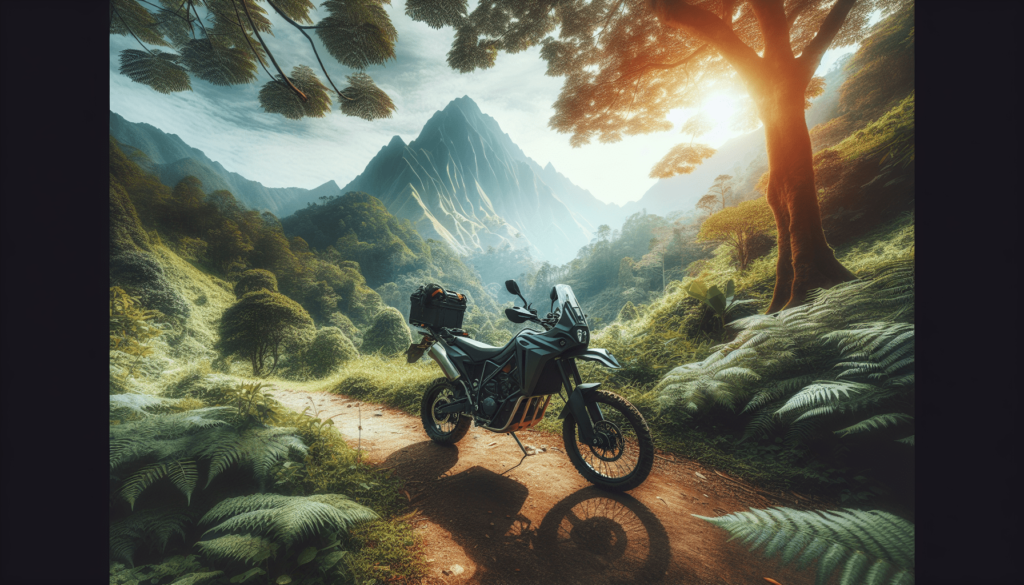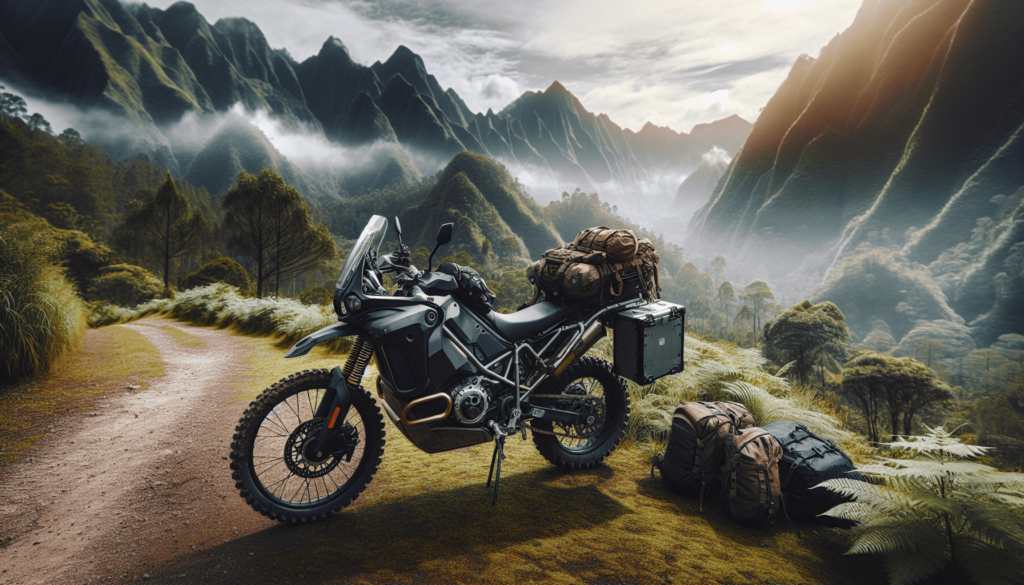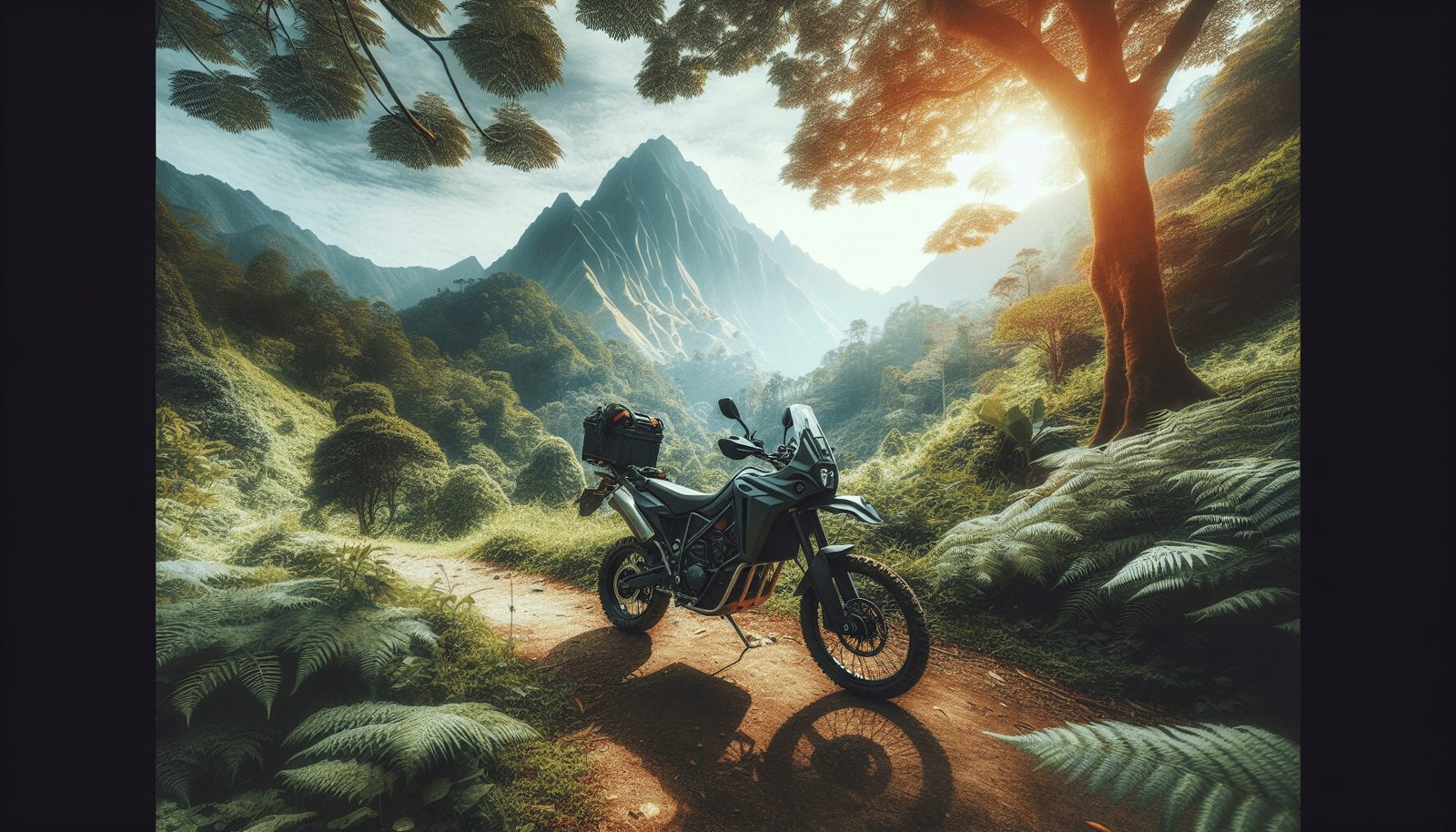Have you ever considered hitting the open road on an electric motorcycle? If you’re drawn to the idea of overlanding while minimizing your carbon footprint, you’re in for an exciting journey. Overlanding with electric motorcycles can be an incredible way to explore the great outdoors, but it does come with its own unique set of challenges and best practices. Let’s unpack those together.
Understanding Overlanding with Electric Motorcycles
Overlanding isn’t just about getting from point A to point B; it’s an adventure that blends travel with outdoor exploration. When it comes to electric motorcycles, you may feel that the experience differs significantly from traditional gas-powered bikes. It does! So, before strapping on your helmet, it’s essential to understand the nuances of electric motorcycles in an overland context.
What is Overlanding?
Overlanding is essentially self-reliant travel to remote destinations where the journey is the primary goal. You’re not simply racing to a campsite; you’re engaging with the environment, its people, and its experiences along the way. With electric motorcycles, you’ll traverse diverse landscapes while embracing sustainability.
The Unique Advantages of Electric Motorcycles
Electric motorcycles offer several advantages that make them attractive for overland trips. They’re generally quieter than their gas counterparts, contributing to a more immersive experience in nature. Plus, they produce zero emissions, helping preserve the wild spaces you intend to explore.
Range and Charging Considerations
One of the most significant factors when planning an electric motorcycle trip is your vehicle’s range. Different models can travel various distances on a single charge, so knowing your bike’s capabilities is crucial. In contrast, gas motorcycles can be refueled almost anywhere, electric bikes may require more advanced planning to find charging stations.
Preparing for Your Overlanding Adventure
Preparation is the key to a successful overland journey. Here’s how to make sure you’re ready to hit the road.
Choose the Right Motorcycle
The first step is selecting an electric motorcycle that aligns with your overlanding goals. Some factors include battery capacity, range, weight, and comfort. Popular models for overlanding include the Zero SR/F and the Energica Eva. Research different options to see which bike suits your adventure style.
Create a Detailed Itinerary
Before you embark on your adventure, drafting an itinerary can be beneficial. Consider your route, destinations, and charging points along the way. Utilize apps and maps to locate charging stations or plan to carry backup chargers suitable for your motorcycle.
Pack Smart
When packing for your trip, focus on lightweight, essential gear. Here’s a quick list to consider:
| Essential Gear | Description |
|---|---|
| Camping Equipment | Lightweight tent, sleeping bag, and mat |
| Clothing | Layered clothing for changing weather |
| Tools | Basic tools for minor repairs |
| Charger’s Accessories | Battery packs and extension cords |
| First-Aid Kit | Always be prepared for emergencies |
Stay Informed on Weather Conditions
Keeping an eye on the weather can add a layer of safety to your trip. Electric motorcycles don’t typically perform well in extreme cold; keep this in mind. Additionally, rain can affect battery performance. Check forecasts beforehand for all the areas you’ll be passing through.
Charging Stations and Power Management
Past preparation is crucial, but so is knowing how to manage your power on the road. Here’s how to ensure you remain energized.
Finding Charging Stations
As you plan your route, it’s vital to map out potential charging stations along the way. Various apps, like PlugShare or ChargePoint, can help you locate charging spots. Some even track the availability of charging stations, so you won’t be left stranded with an empty battery.
Charging Strategies
Once you’ve identified charging stations, think about how you’ll approach charging during your trip. Here are some strategies:
-
Plan Charging Stops: Use charging stations as a chance to explore nearby places. You can visit a café, stretch your legs, or even take short hikes while your bike charges.
-
Utilize Destination Charging: Certain hotels or campsites offer charging stations. A quick call to confirm availability might save you a lot of hassle.
-
Be Cautious with Reservation: It’s crucial to reserve charging options when possible. You’ll want to avoid driving long distances only to find that the station is occupied or out of service.

Best Practices for Overlanding with Electric Motorcycles
Now that you’re prepared and know how to manage your power on the road, let’s go through some best practices to elevate your experience.
Maintain Your Electric Motorcycle
Routine maintenance is vital for electric motorcycles. While they don’t require oil changes or fuel filters like gas bikes, they still need care. Here are some maintenance tips:
- Check Battery Health: Before you ride, verify that your battery is in good condition and fully charged.
- Tire Pressure: Keep an eye on tire pressure for safety and efficiency.
- Brakes Functionality: Regularly inspect your brakes as they will be critical during unexpected rides and tight spots.
Ride Responsibly
Engaging with the environment around you means being responsible on the roads. Keep these points in mind:
- Maintain a Moderate Speed: Faster speeds can drain your battery rapidly.
- Use Regenerative Braking: If your electric motorcycle is equipped with this feature, practice using it to extend your range.
- Respect Wildlife and Nature: Help keep overlanding spots pristine by sticking to trails and following Leave No Trace principles.
Trust Your Instincts
While planning is important, sometimes deviations from your plan can lead to the best memories. If you come across a beautiful landscape or an intriguing local event, allow yourself the flexibility to soak it in.
Connecting with the Overlanding Community
One of the most rewarding aspects of overlanding is connecting with fellow travelers. As an electric motorcycle enthusiast, you may find that this community increasingly thrives.
Online Forums and Social Media Groups
You can find plenty of online forums and social media groups dedicated to electric motorcycle enthusiasts. Engaging in these communities can yield invaluable advice and inspiration for your trip. Plus, you might even arrange meet-ups along your route.
Local Overlanding Clubs
Look for local overlanding or electric motorcycle clubs. Joining one helps you find fellow enthusiasts who can share tips or even join you on rides.
Share Your Experience
As you complete your journey, sharing your experience can help inspire others. Post updates, stories, and photographs on social media or through personalized blogs – let your adventure be a light for those considering similar journeys.

Conclusion
Overlanding with electric motorcycles offers a unique and exciting way to explore the world sustainably. It requires strategic preparation, the planning of routes and charging stations, as well as being mindful of your surroundings. With the right motorcycle, a well-thought-out plan, and a passion for adventure, you’ll find that the open road has never been more inviting. Remember to embrace the journey, connect with fellow travelers, and savor every moment of your overland experience.

